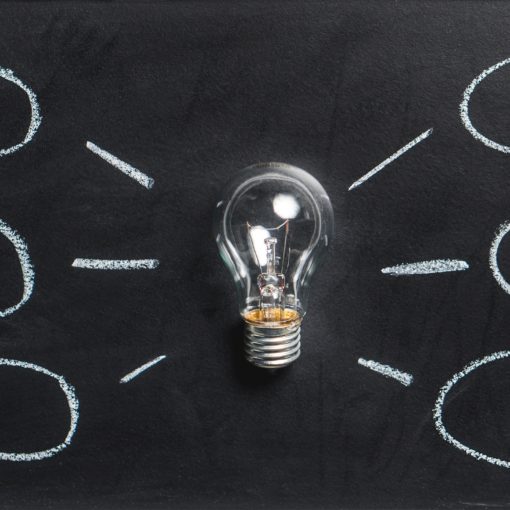Outside-in or Inside-out is a reflection on how we see ourselves and our minds, and our relationship with what goes on there within.
As someone for whom mindfulness serves as a consistent foundation I often express the idea that we are not our thoughts, any more than we are our actions. Though all too often we allow ourselves to be consumed by them, or more specifically the emotions that those thoughts might trigger. In context, I recall being struck by an idea that I first heard expressed by Prof Paul Gilbert of the University of Derby about the fundamental difference between western scientific, and eastern contemplative, approaches to the mind. The difference being outside in (western) versus inside out (eastern). And this is what I seek to explore here.
Outside-in or Inside-out?
Western understanding of the brain is based on external research and study, which has developed through academic paradigms, whereas Eastern is built upon contemplative reflection of our minds in action – which remained largely unchanged for nearly 3000 years.
Outside-in from a mechanistic perspective in it's worst application would have us all behavioural black boxes, automatons reacting to stimuli. Albeit supported by rationalised response, on a good day. Living this approach is too easily susceptible to third party influence. Third parties busy steering us toward their own opinions and judgements; worst of all, of us. We allow too many to define us, be they teachers, clerics, managers etc.
They tell us the good bits and bad bits of ourselves. And too often, we are ok to accept this as is much easier for us than taking responsibility for ourselves.
We hide behind circumstances and situation.
Around now I would expect you to be asking, why are you talking about this here? What has this got to do with horses?
Well I want to share the most profound question that I learned in all my interactions with horses ....... “What did I do to make that happen?”
Quite simply, I started to check-in with how I was, or what I was doing, in the moment when I was with horses. I realised that in their presence I am always communicating, consciously and unconsciously. And the real enlightenment occurred in the revelation of unconscious space.
I started to experiment with change, if I changed, would they change? In a most simple illustration, if I approached and the horse moved away, what would happen if I stopped, or lowered my energy and grounded myself. As I changed I watched, allowing the horses' feedback to enable me to understand, and so calibrate my state.
And so my the journey of awareness had begun. Not just recognizing how I was, but learning to change, and working out how to affect shift in others, by creating change within myself. Thus I learned that I could choose, how i was to be. I now teach this as what I call Somatic Presence, developing the tools to be the appropriate person for a given situation.
And so to the east, to inside-out.
In the Buddhist and Mindful traditions we learn to watch out for the actions of the mind. We learn to be the observer of internal events, and so establish an objective distance,. Then we learn that these things do not define us, nor are we obliged to follow their “instruction". The practice invites us to recognise the internal flow between stimulus to reaction to behaviour; and so follow the pathway from the inside to the outside.
And in observing we become aware. Once aware, we might intervene, once aware we have that choice. If we choose to be this way, then we own it. Or we might choose to be different. Most essentially in choosing, we become responsible for how we are.
Over to the wise equines
Horses are the Professors in this faculty of self-awareness. But we must be open to learn, and not dismiss this is just the actions of a flight animal. We again choose, here we choose to see a reaction that comes from a shared mammalian social awareness.
They do not see stuff that we do not. We are unconsciously connected to the communication, how often do we sense anxiety or stress in others, or feel judged by them, or that their words and state might be incongruent. Similarly others will pick this up in us.
The honest reactions of horses can facilitate a safe space to reshape or remodel what we give out. This insert-out process invites us to recognise, recognise and change where appropriate, and to thereby own both who, and how we are.
It is too easy to hide behind the words or behaviours of others, or to let their so-called expertise when they opine upon us. We need to step out of this space. First we must recognise and value the best of ourselves. And the challenge is then to take responsibility for ourselves and our behaviour, and to share that appropriately in action and interaction with the world around us.
To find out more about my equine led work or Athena Herd in Kent (click here) or email me at [email protected]




